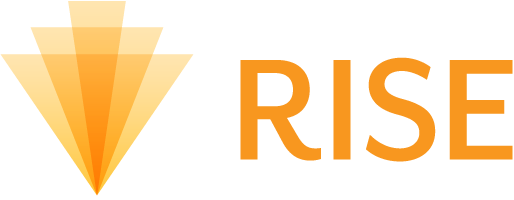Val Injev, global medical publications lead for Alcon Laboratories, will lead a breakfast breakout session on evidence-based planning for medical device and diagnostic professionals at RISE’s 18th Annual International Publication Planning Meeting, February 20-21, in San Diego. RISE talked with Injev ahead of the conference about the importance of working with developers earlier in the process to ensure that high-quality studies about new products or diagnostics are published as soon as possible in peer-reviewed journals.
 One of the biggest publication planning trends at pharmaceutical and medical device companies is the constant need to be more efficient, says Val Injev, global medical publications lead for Alcon Laboratories, a world leader in eye care and a division of Novartis.
One of the biggest publication planning trends at pharmaceutical and medical device companies is the constant need to be more efficient, says Val Injev, global medical publications lead for Alcon Laboratories, a world leader in eye care and a division of Novartis.
“We need to do things in a more efficient way, a better way, in a less expensive way, and we need to pack more publication activities in a shorter period of time,” says Injev, who will lead a breakout session on Thursday, Feb. 21, the second day of RISE’s 18th Annual International Publication Planning Meeting.
The goal of medical device and pharmaceutical companies is to develop and produce a new product that is better than the current standard of care. But hospital facilities won’t accept the new technology or product unless the developer has demonstrated that it delivers better results, he says. To provide evidence that the product improves the quality of life for people or cures them of their condition, companies must conduct a clinical or bench study and eventually publish the results of the study in a peer-reviewed journal.
One way to become more efficient in the publication planning space, Injev says, is to plan early with the people who are generating the evidence, so you can hit the ground running as soon as the information is available. He advises publication planning professionals to make sure the study and data generated is novel and considered interesting to publishers, the study is sound, and that it ideally demonstrates that the new product is an improvement over what is currently in the market or addresses an unmet need and is worth publishing.
Peer-reviewed journals have different guidelines for acceptance, so a small bench study may not meet the criteria for a high-tier publication. The better the quality of the study, the greater likelihood you’ll have to publish it in a higher impact factor journal, he says.
Another issue that publication planners must consider is the demand for speed. “People want it fast. They want the material in the public domain (in our case a peer-reviewed journal) and they want it very soon after the product is released for sale,” Injev says.
To meet this challenge, Injev says that publication planners must start working with developers on content early in the process and ask themselves the following questions:
- What audience do we want to reach?
- Which journal do we want to work with?
- How do we educate ourselves so we have the best chance to get published?
- What is the lead time to review and to address comments?
Then comes the matter of who will write the study. Injev prefers to work with the actual investigators who participated in the study, but in many cases, they are busy and want someone to help with the actual writing. It’s easier to find a writer for a pharmaceutical device or product because the industry is more straight-forward and follows a well-established pattern. But Injev says it’s more difficult in the medical device industry because it is so diverse. For example, in ophthalmology alone, there could be implantable devices, lasers, different surgical or visualization devices, diagnostic devices, etc.
“There is huge diversity in the device business,” he says. “To find a writer, for instance, that is well familiar with the way an intraocular lens is implanted in the eye, the process of it and its effects on incisions enlargement, would be a challenge. Ideally, if you can find writers who are well familiar with the topic, that is the best way to approach it to assure yourself of success and get the benefit of the medical writing function.”
Injev will address these issues, as well as the impact factor and how publication planning professionals can best reach their intended audiences, during the evidence-based  planning session at the 18th Annual International Publication Planning Meeting.
planning session at the 18th Annual International Publication Planning Meeting.
“Being aware of how you can be a contributing member of your team is key,” he says. “That means to come with knowledge that the team may not have, get involved early, and offer solutions to help steer people to the best path to success and guide this publication to the most efficient execution.”

